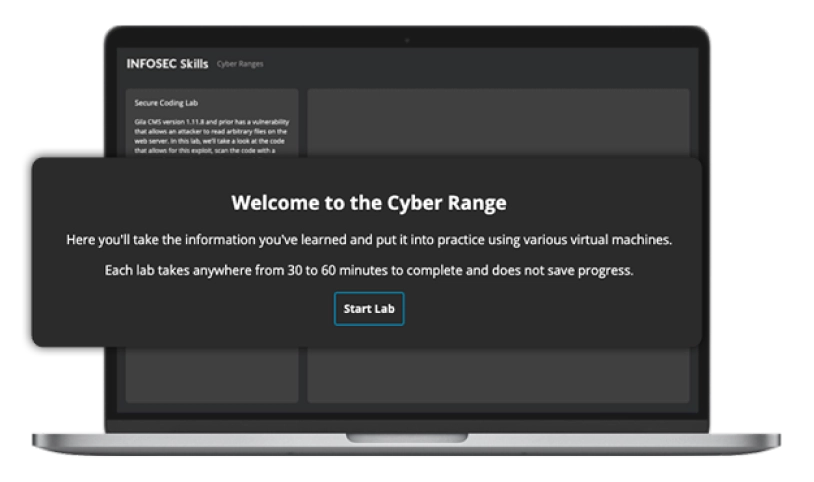
Security Architecture Learning Path
5 hours, 6 minutes
Quick facts
About this learning path
-
courses
100% online
-
Duration
5 hours, 6 minutes
-
Assessment
questions
About Security Architecture
In the Security Architecture Learning Path, you will learn to solve security problems by understanding the impact on the business and using a risk-driven approach to prioritize and mitigate security risks. This learning path teaches you the necessary skills to develop business- and risk-driven security architectures. As you progress through the seven courses, you will understand the role that you, a security architect, will play in an organization.
Syllabus
Security Architecture Skills Assessment
Assessment - 60 questions
Security Architecture - The Essentials
Course - 00:44:00
Enterprise Architecture Frameworks
Course - 00:53:00
Security Architecture Development Process
Course - 00:37:00
Threat Modeling
Course - 00:56:00
Designing for Security
Course - 00:38:00
Case Study
Course - 00:55:00
Summary and Conclusion
Course - 00:14:00
The details
Learning path insights
How to claim CPEs
Should you complete this learning path, you’ll be able to download a certificate of completion. Use this to claim your CPEs or CPUs.
Associated NICE Work Roles
All Infosec training maps directly to the NICE Workforce Framework for Cybersecurity to guide you from beginner to expert across 52 Work Roles.
- All-Source Analyst
- Mission Assessment Specialist
- Exploitation Analyst
No software. No set up. Unlimited access.
Skip the server racks and spin up a realistic environment with one click. Infosec Skills cyber ranges require no additional software, hardware or server space so your team can spend less time configuring environments and more time learning. Unlimited cyber range access is included in every Infosec Skills subscription so your team can skill up however they learn best.

Unlock 7 days of free training
- 1,400+ hands-on courses and labs
- Certification practice exams
- Skill assessments
Plans & pricing
Infosec Skills Personal
$299 / year
- 190+ role-guided learning paths (e.g., Ethical Hacking, Threat Hunting)
- 100s of hands-on labs in cloud-hosted cyber ranges
- Custom certification practice exams (e.g., CISSP, Security+)
- Skill assessments
- Infosec peer community support
Infosec Skills Teams
$799 per license / year
- Team administration and reporting
- Dedicated client success manager
-
Single sign-on (SSO)
Easily authenticate and manage your learners by connecting to any identity provider that supports the SAML 2.0 standard.
-
Integrations via API
Retrieve training performance and engagement metrics and integrate learner data into your existing LMS or HRS.
- 190+ role-guided learning paths and assessments (e.g., Incident Response)
- 100s of hands-on labs in cloud-hosted cyber ranges
- Create and assign custom learning paths
- Custom certification practice exams (e.g., CISSP, CISA)
- Optional upgrade: Guarantee team certification with live boot camps

